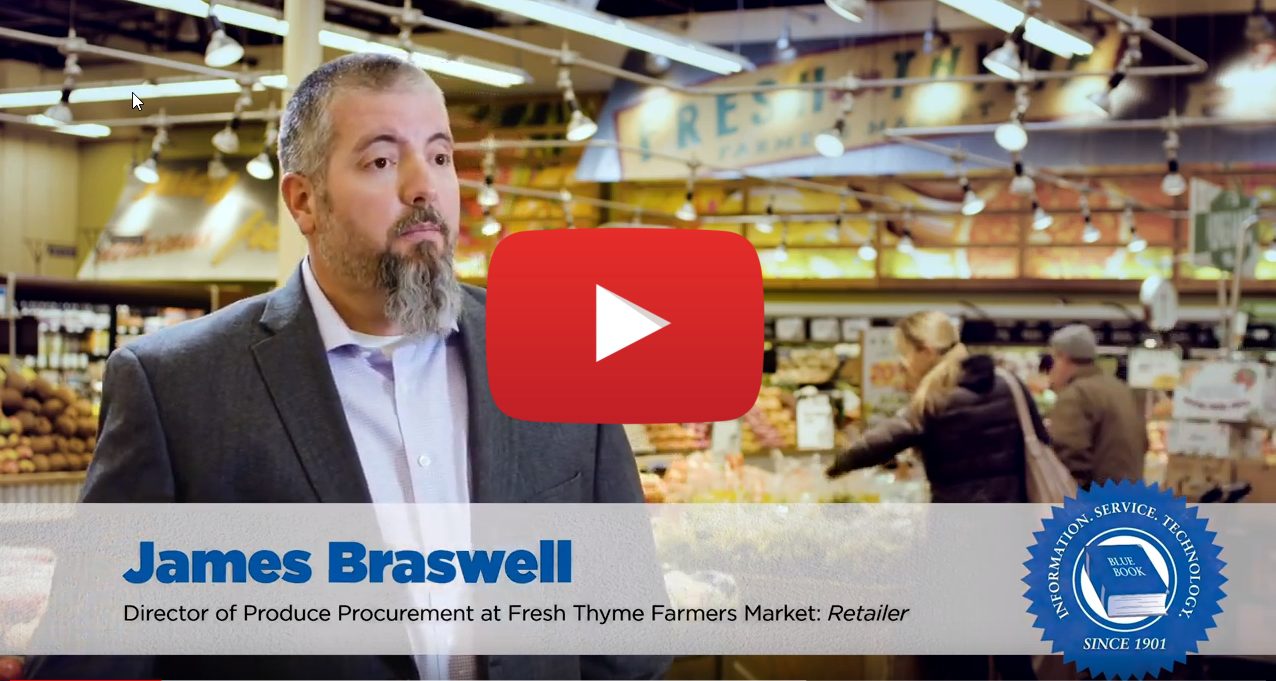In the decade after its purchase by the Pattison Food Group, Overwaitea increased floor space by 140 percent and doubled its market share, which was still relatively small in the late 1960s and 1970s.
The company continued to expand but operated only in British Columbia and later Alberta until 2015, when it was announced 40 stores would open in Saskatchewan and Manitoba, and one in the Yukon Territory.
While still concentrated heavily in British Columbia and Alberta, the company’s 186 stores now reach across the sizeable western half of Canada, as far east as Winnipeg. The chain has locations in big cities but does not shy away from smaller towns.
Sylvain Charlebois, director of the Agri-Food Analytics Lab at Dalhousie University School of Public Administration in Halifax, NS, says the grocer makes it a point to “deliberately serve smaller, underappreciated markets,” noting that while other chains open stores close to one another, Save-On-Foods tends not to do this, opting instead to open in underserved areas, no matter the size of the market.
The smaller cities in which Save-On-Foods BB #:153831 operates can be hundreds of miles from the next town.
“There’s a vast space between the cities in Western Canada, and it’s hard to serve them well,” says David Karwacki, CEO at The Star Group BB #:134817 in Saskatoon, SK. “Save-On-Foods has done a good job of getting out to the more remote communities and getting fresh produce to places that are hard to reach.”
Updating its look
A notable new opening in 2022, touted as the future of the chain, was the Save-On-Foods Sunwood store in Coquitlam, part of metro Vancouver.
The location features a 16,000-square-foot automated ordering center, fully integrated into the store, allowing online shopping orders to be filled quickly to free up floor space and allow team members to focus on customer service.
Sunwood, which includes 56,000 square feet of retail space, also promotes its fresh grocery experience, featuring a fresh-pressed juice bar and in-store farming in the produce department.
The location includes a variety of restaurant-like experiences, including a grilling station where a chef cooks meat to customer specifications, an oyster bar with sustainable and local seafood, a wine bar with local offerings, and a Mediterranean bar to appeal to the large local Middle Eastern population.
It also has a custom cake center, an in-store cheese monger, and a bulk candy store and popcorn kiosk, as well as an extensive range of its highly popular Save-On-Foods Kitchen grab-and-go items.
Hand in hand with the new design is making sustainability a priority. Save-On-Foods hopes to advance this circular economy in the grocery industry though reducing food waste, offering reusable packaging, and returning waste materials to the value chain.
“Its multifaceted dedication to sustainable practices, including product sourcing, private brand development, food waste reduction, and store construction, exemplifies Save-On-Foods’ comprehensive approach to its core values,” says Carole Spieckerman, president of Spieckerman Retail in Bentonville, AR.
In its quest to become a zero-waste company, Save-On-Foods transitioned to an all-digital flyer in 2022, reducing its environmental impact by about 8 million pounds of paper per year. The retailer also partnered with Call2Recycle Canada, allowing customers to recycle batteries at any Save-On-Foods store.
“The company stands out by taking a stand on the issues that modern shoppers care about,” notes Spieckerman. “It clearly articulates its value pillars and takes accountability for acting upon them.”
This is borne out by BCBusiness’ annual “Most Loved Brands” list, which routinely finds Save-On-Foods at or near the top. In 2022, it was ranked #2 behind London Drugs.
Extending its reach
All told, the company has opened 40 new locations in the last five years, with 10 of those since 2020, making it the fastest-growing retailer in Western Canada during that period. Going back further, it increased its store count by nearly 50 percent from 2012 to 2021.
Openings in 2022, in addition to Sunwood, include Colwood in greater Victoria, King George Hub in Surrey, and Cottonwood in Chilliwack, all in British Columbia. In 2023, the chain plans to expand in the University of British Columbia area of Vancouver with the Urban Fare banner, as well as in Richmond and Prince George, BC.
Charlebois believes the acquisition of Safeway by Sobeys in 2013, which he terms as a “big disaster,” caused consumers to look elsewhere for groceries and helped Save-On-Foods progress in its growth trajectory. In 2014, Save-On-Foods purchased 15 locations in the greater Victoria area that formerly belonged to Safeway.
According to a report from the U.S. Department of Agriculture (USDA) in 2021, Save-On-Foods had the sixth-largest market share of the grocery industry across Canada, at 4 percent, just behind the big national chains of Loblaws/Shoppers Drug Mart (with 27 percent), Sobeys/Safeway (22 percent), Metro/Jean Coutu (11 percent), Costco (9 percent), and Walmart (8 percent).
If Save-On-Foods continues to expand eastward, it will face new competition, a much more crowded landscape, and a consumer market that differs from Western Canada.
While Charlebois says there may be plenty of bargain hunting, “people in British Columbia are willing to spend a bit more on food, and there’s more space for new stores.” However, he notes, “I don’t know if Save-On-Foods would be successful in Ontario to be honest.”
He notes the chain has been very strong after entering other regions, but believes Ontario is a much different market from anywhere Save-On-Foods has been to date.
This is an excerpt from the March/April 2023 issue of Produce Blueprints Magazine’s Canada Supplement. Click here to read the whole supplement.



